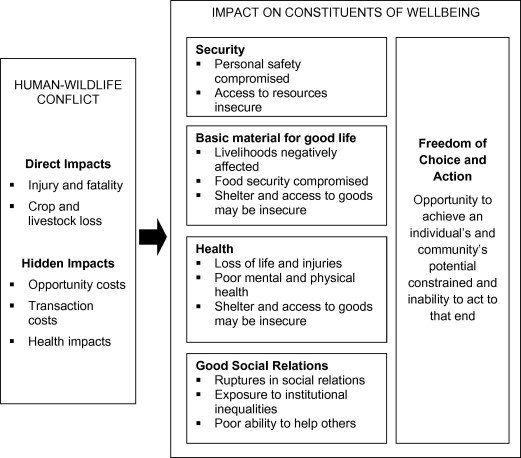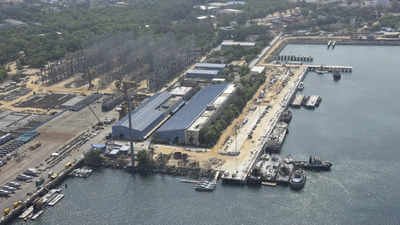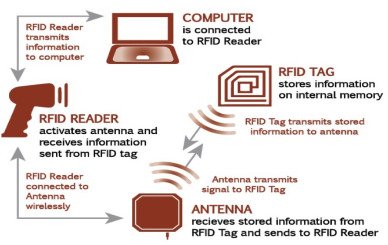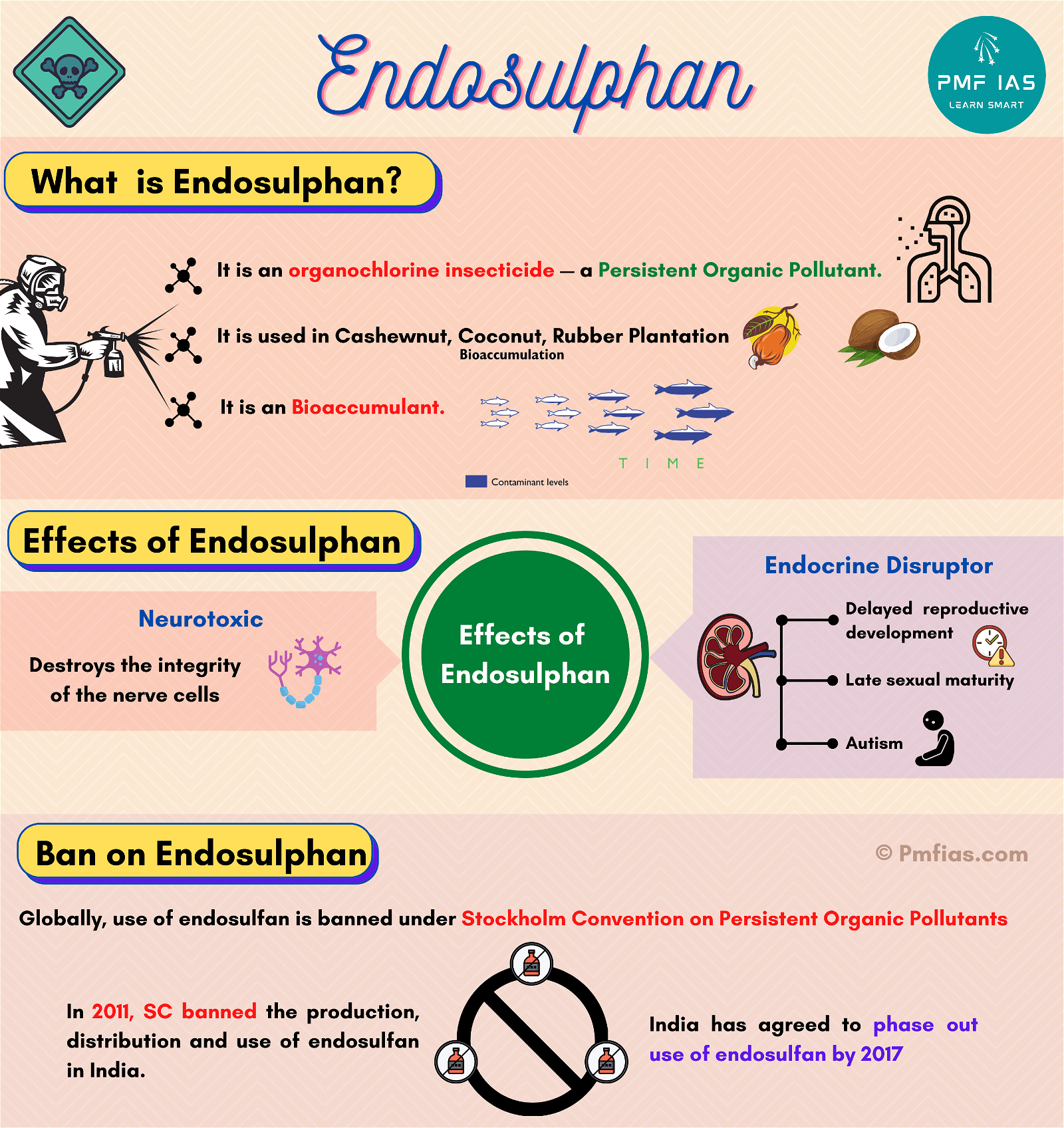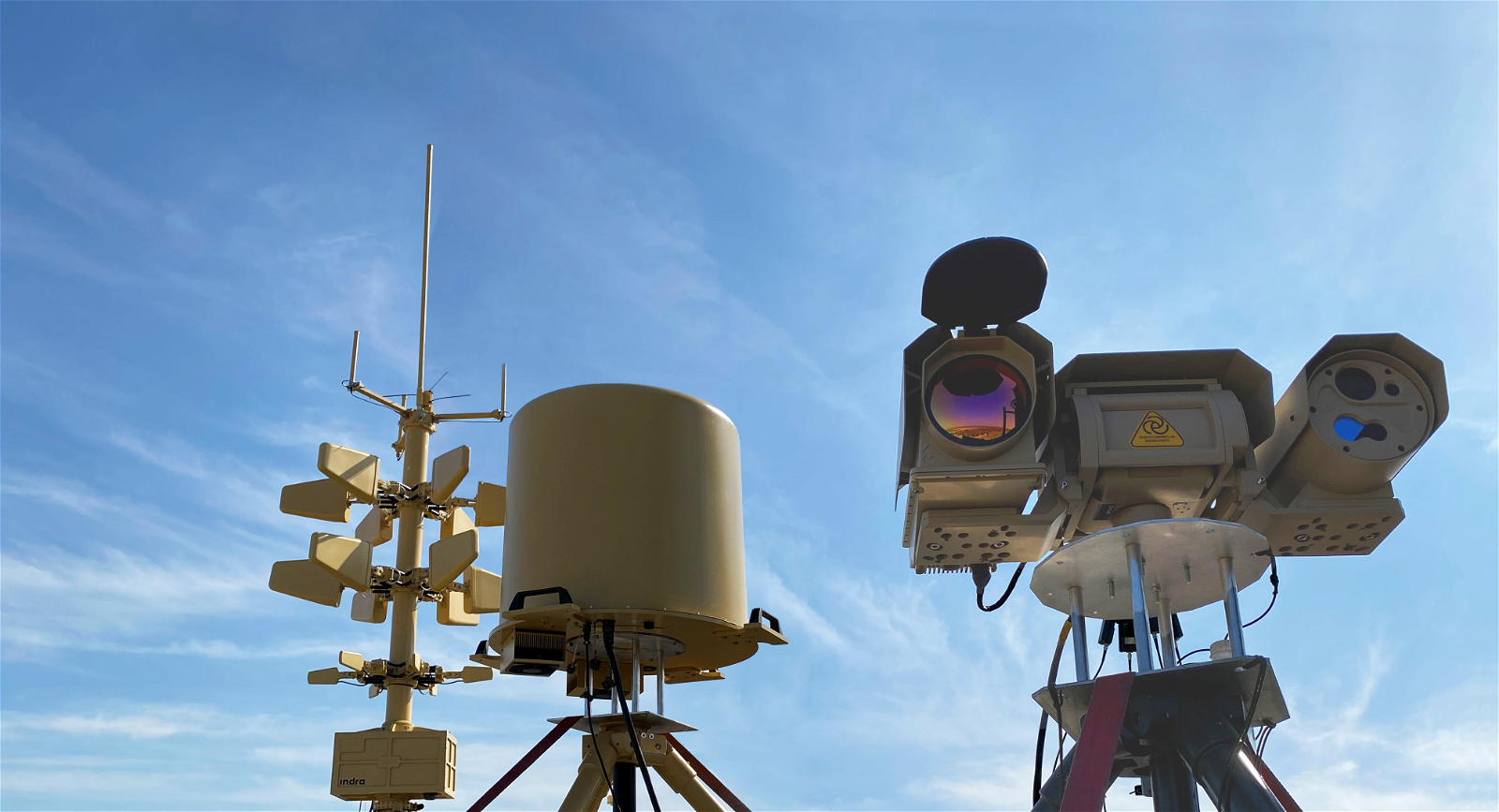
Textile Industry
Subscribers of "Current Affairs" course can Download Daily Current Affairs in PDF/DOC
Subscribe to Never Miss an Important Update! Assured Discounts on New Products!
Must Join PMF IAS Telegram Channel & PMF IAS History Telegram Channel
- Context (TH): The Indian textile Industry has been reeling under insurmountable challenges adversely impacting the industry and the manufacturers.
Status of India’s Textile Industry
- The sector contributes 4% to the global trade in textiles and apparel, 2% to the GDP (approx. $60 billion), and constitutes 7% of industry output in terms of value (2023).
- Employment: It provides direct employment to around 35 million people.
- The industry is expected to grow at 10% CAGR from 2019-20 to reach US$ 190 billion by 2025-26.
- India’s share in global trade in textiles and apparel: 4%.
- India is the world’s second-largest producer of silk, accounting for 95% of all hand-woven cloth.
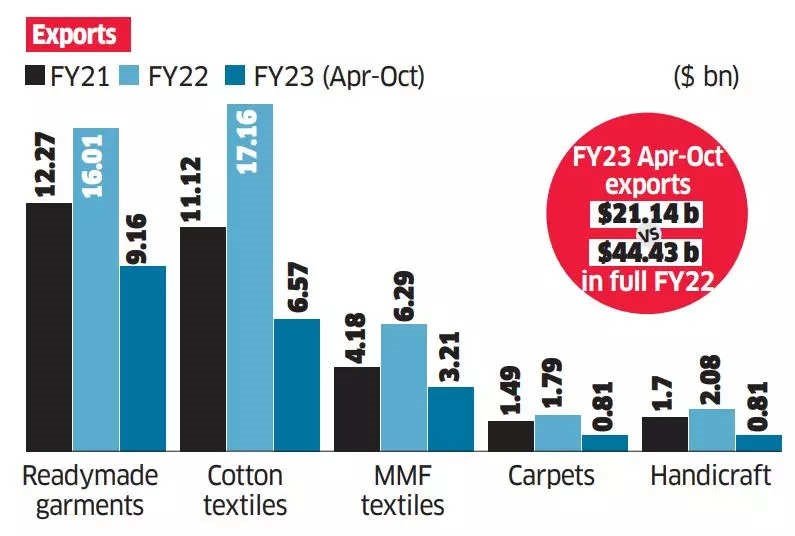
Growth Drivers of Textile Industry
- Rising demand and per capita consumption of fibre: India’s exports of textiles and apparel are expected to grow at a CAGR of 11% by 2025-26.
- Production levels: India is the largest cotton producer (23%) in the world and has the highest area under cotton cultivation (39% of the world area).
- Competitive advantage in terms of skilled manpower and cost of production, relative to major textile producers.
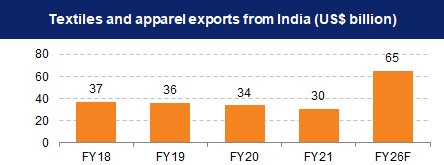 Policy support: 100% FDI (automatic route) allowed in textiles, Production-Linked Incentive (PLI) Scheme in Man-made fibre and technical textiles.
Policy support: 100% FDI (automatic route) allowed in textiles, Production-Linked Incentive (PLI) Scheme in Man-made fibre and technical textiles.
Significance of Textile Industry
- Economic contribution: The sector contributes about 14% of manufacturing value-addition, and accounts for around one-third of country’s gross export earnings.
- Employment potential: The Indian textile and garment industry is the second-largest employer in the country after agriculture, employing around 4.5 Cr workers.
- Cultural heritage and Identity: Traditional textile techniques, designs, and motifs are often passed down through generations, representing a nation’s cultural heritage.
- Export Earnings: The share of textile, apparel, and handicrafts in India’s total exports was 11.4% in 2020-21. Exports were the highest ever in FY 2021-22, crossing US$ 44 Bn.
Challenges with Textile Sector
- Global competition and shock: India’s global market share post-2014 has declined from 5.9% to 4.6% in 2020 (textile sector) and from 3.9% to 2.9 % (apparel sector).
- Underutilization: The industry operating at 70% capacity due to import pressure with a year-on-year decline in the export of man-made yarn, fabrics, and made-ups.
- Financial constraints: As per the Confederation of Indian Textile Industry, 58% of textile and clothing exporters faced challenges in accessing credit, impacting their ability to invest and expand operations.
- Technological advancement: The processing sector is largely decentralized with low levels of automation leading to inconsistency in production and meeting quality standards.
- Price competitiveness: Rising cheap imports of man-made fabrics primarily from China, undervaluation on imports, causing local spinners, knitters, weavers, and processors to struggle in offering competitive prices.
- Other issues: Increased compliance costs due to GST, unorganized nature of spinning mills, expensive local cotton, and shortage of skilled workers, particularly in areas like design, technical expertise, etc.
Way Forward
- Promote innovation: Establish design centers, incubation facilities, and platforms for collaboration between designers, weavers, and manufacturers.
- Market Diversification by diversifying export destinations to reduce dependence on a few countries and expand market reach.
- Cluster Development: Facilitate industry associations, trade bodies, and government-industry partnerships to address common challenges and advocate for the sector’s interests.
- Promote compliance with international standards for social and environmental sustainability to enhance market competitiveness and access to global markets.
- Simplify Tax Structure by providing clarity and consistency in tax laws and regulations, ensuring a smooth transition to new tax systems like the GST.
- Trade Policy Support: Abolition of anti-dumping duty on Purified Terephthalic Acid (PTA), which is a critical input for man-made textile fibre and yarns.




![PMF IAS Environment for UPSC 2022-23 [paperback] PMF IAS [Nov 30, 2021]…](https://pmfias.b-cdn.net/wp-content/uploads/2024/04/pmfiasenvironmentforupsc2022-23paperbackpmfiasnov302021.jpg)
 Policy support:
Policy support: